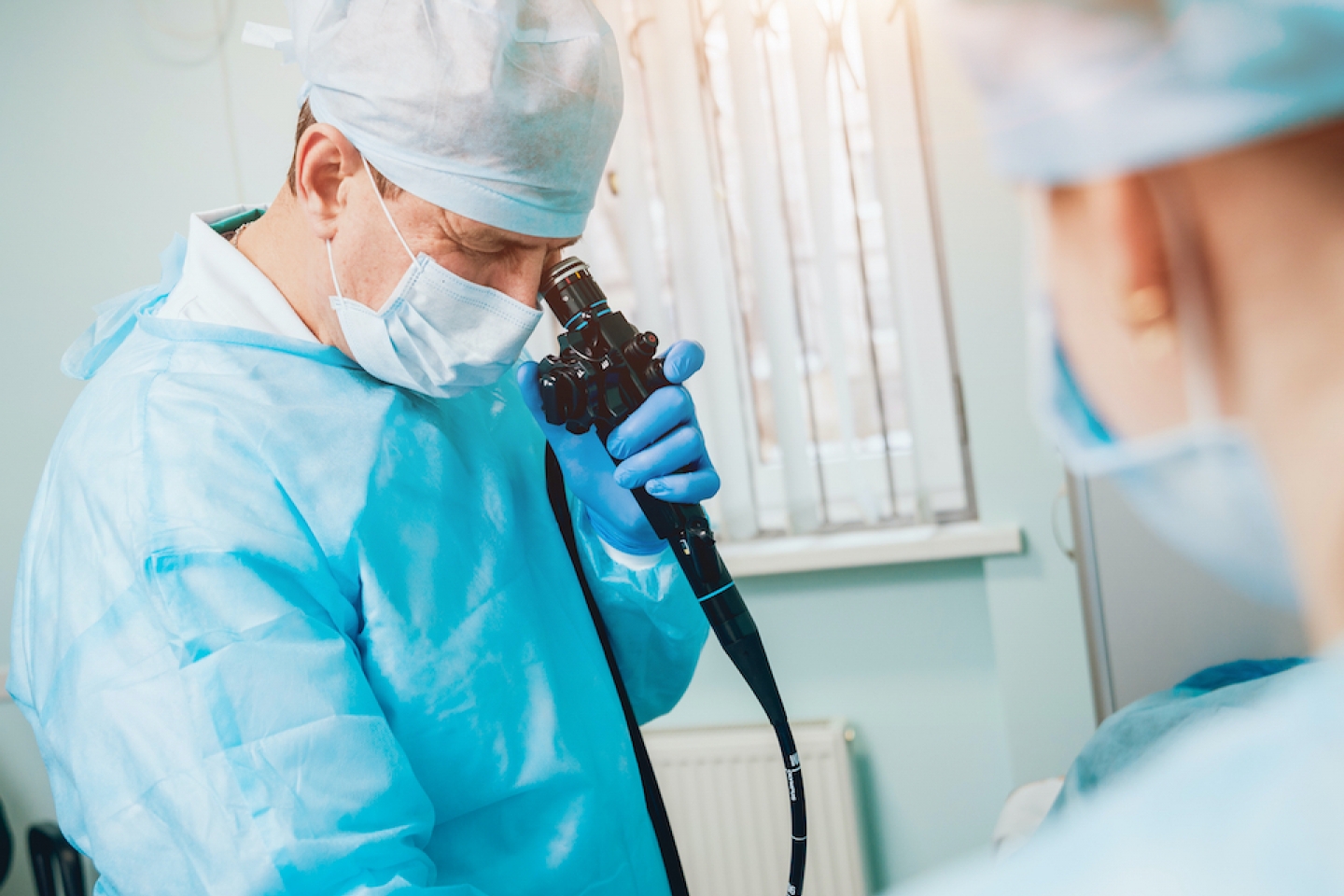
When infant snoring crosses into “noisy breathing”—high-pitched, squeaky sounds, and choking while feeding—it’s time for a trip to the pediatric ear, nose, and throat specialist, says Steven Rosenblatt, MD.
Physicians may want to rule out a complex airway condition that would require more intervention.
To find the source of the baby’s noisy breathing, also called stridor, ENT specialists evaluate the child’s upper airway with an endoscope—a flexible tube that goes through the nose to view the airway, says Dr. Rosenblatt, assistant professor in the department of otolaryngology-head and neck surgery at NewYork Presbyterian-Weill Cornell Medicine.
The most common cause of stridor is a condition called laryngomalacia. It occurs when the supportive cartilage of the voice box is soft and floppy, and there is excess or “feathering” of mucosal tissue, which lines the mouth and throat.
“Most kids with this condition need supportive care in the form of feeding modifications, feeding therapy or diet modifications,” Dr. Rosenblatt explains. “And some will need a surgery called a supraglottoplasty to correct the condition by removing the redundant tissue.”
Children typically stay in the hospital for one night following the procedure.
Dr. Rosenblatt also treats patients who are experiencing a narrowing below the vocal cords called subglottic stenosis.
“This can be the result of scar tissue left behind by a previous intubation, or sometimes it can be congenital,” Dr. Rosenblatt explains. “A breathing tube is life-saving, but when there has been prolonged intubation, we sometimes have to manage the scar tissue.”
Surgeons use two methods to enlarge the airway. One involves using an endoscope and tiny cameras that go through the mouth, with no surgical cuts on the outside. If the child’s airway is particularly small, they can perform an open surgery that enlarges the airway with a graft—in this case, a piece of cartilage from the neck or a rib.
“We use the child’s own tissue, rather than foreign material to augment or enlarge that narrowing and allow the child to breathe,” Dr. Rosenblatt adds.
He also notes that aspiration—when food or liquids goes through the vocal cords into the airway, instead of going down the esophagus and into the stomach—is another condition that he sees in his pediatric practice, though anyone can experience it.
“But if parents notice that a child is routinely coughing when drinking thin liquids, and suffering from recurrent pneumonia or lung infections, the cause can sometimes be silent aspiration,” he says.
Some patients have a small divot in the back of the larynx and vocal cords that are causing aspiration.
“We all think that the most important job of the vocal cords is to produce voice, but the most primitive purpose is for it to keep things from going down the wrong pipe,” Dr. Rosenblatt says. “When kids are aspirating, we would want to rule out laryngeal cleft, and only make that diagnosis in an operating room by looking directly at the larynx and touching it with different types of instruments to see if it’s there.”
Subscribe to our mailing list to stay up to date on all the latest health news and important updates from Weill Cornell Medicine.